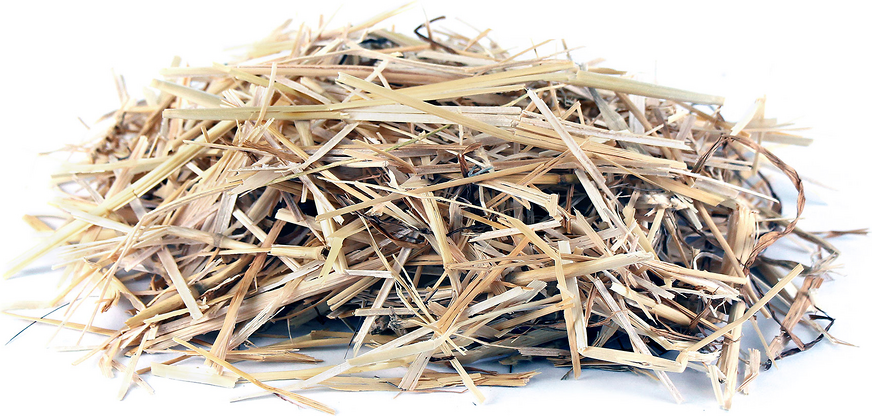


Hay
Estimated Inventory, lb : 0
Description/Taste
Hay is dried grass, left in the field until its blades are hollow and a golden blonde color. The scent Hay imparts is sweet and herbaceous. Hay is most often varied in length and very dry. Hay imparts a subtle toasty, herbaceous flavor, and a clean, pastoral aroma.
Seasons/Availability
Hay is available year-round in some areas; in seasonal climates, it is available in the late summer and early fall.
Current Facts
Hay has been a part of the culinary scene for centuries, finding a modern resurgence from its popularity as a centuries-old European cooking tool. In France, the cooking term "dans le foin" means cooked in hay; in Russia Hay was used to control temperature as well as to alter the appearance and texture of cooked food.
Applications
Culinary uses include roasting meats on beds of Hay, stuffing poultry, and smoking fish. More unconventional uses include using Hay in stocks and sauces, topping desserts with Hay-infused whipped cream and yogurts. To infuse broth, cream or yogurt with the flavors of Hay, add a handful of the dried grass and steep in the liquid overnight. Hay should be stored in a cool, dry area. Before roasting, some recommend soaking the hay in filtered water to keep it from burning.
Geography/History
Hay is sourced from trusted farmers who know the makeup and cleanliness of the dried product. Many chicken farmers are selling their Hay alongside hens and their eggs. Organic and pesticide-free Hay is the most ideal for culinary use. The use of Hay in cooking dates back to medieval Europe, though the resurgence of the pastoral ingredient isn’t a modern notion; a recipe for ham cooked in Hay appeared in Paul Bocuse’s “French Cooking” from 1977.
Recipe Ideas
Recipes that include Hay. One
| BBC Good Food |
|
Hay-baked Stuffed Leg of Lamb |




